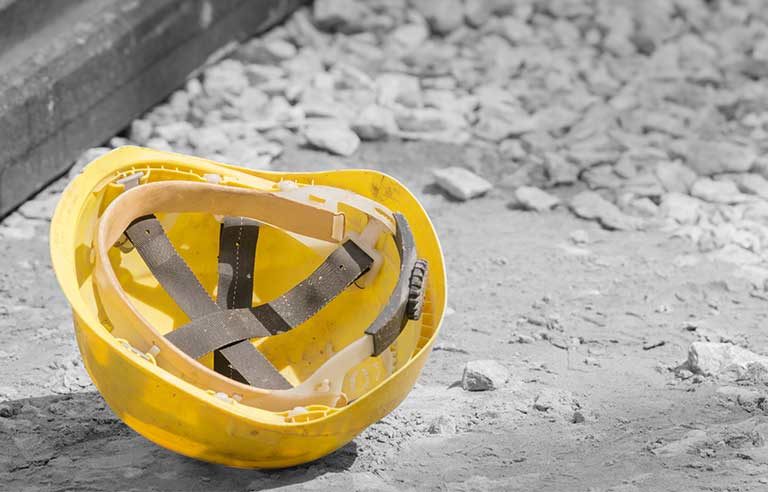Rate of fatal injuries in construction up more than 10% between 2011 and 2020: CPWR report

Silver Spring, MD — The rate of fatal injuries in construction rose 11.1% over a recent 10-year period, with the rate among Hispanic workers spiking 31.3%, according to a new report from CPWR – The Center for Construction Research and Training.
Using 2011-2020 data from the Census of Fatal Occupational Injuries, researchers calculated an annual average of 963 fatal injuries among all construction and extraction occupations. For nonfatal injuries, the annual average among private wage-and-salary construction workers was 78,000.
The overall rate of fatal injuries in construction rose to 10 per 100,000 full-time equivalent workers in 2020 from nine at the beginning of the decade, and averaged 9.6 annually. For Hispanic workers, the rate climbed to 12.6 per 100,000 FTEs from 9.6. Sharp rate increases were also observed among workers younger than 55 (9.0 from 8.1, or 11.1%) and males (10.8 from 9.7, or 11.3%).
From 2018 to 2020, the leading cause of events or exposures was slips, trips and falls, which resulted in an annual average of 376 fatal injuries and 22,900 nonfatal injuries.
In 2020, the highest fatal injury rate by occupation was recorded by roofers (47 per 100,000 FTEs). From 2018 to 2020, helpers (501.8 per 100,000 FTEs) had the highest nonfatal injury rate.
Other findings:
- Helpers (43.3 per 100,000 FTEs) and structural iron and steel workers (32.5) trailed only roofers for the highest fatal injury rate by occupation in 2020.
- From 2018 to 2020, structures and surfaces (such as confined spaces, scaffolds and roofs) and vehicles (such as highway vehicles, bucket trucks, forklifts and tractors) were the most common primary sources of fatal injuries, linked to an average of 298 and 275 a year, respectively.
- Building materials – such as bricks, pipes, ducts, tiles and lumber – were the most common primary source of nonfatal injuries from 2018 to 2020, linked to an average of 15,900 injuries a year.
Post a comment to this article
Safety+Health welcomes comments that promote respectful dialogue. Please stay on topic. Comments that contain personal attacks, profanity or abusive language – or those aggressively promoting products or services – will be removed. We reserve the right to determine which comments violate our comment policy. (Anonymous comments are welcome; merely skip the “name” field in the comment box. An email address is required but will not be included with your comment.)

